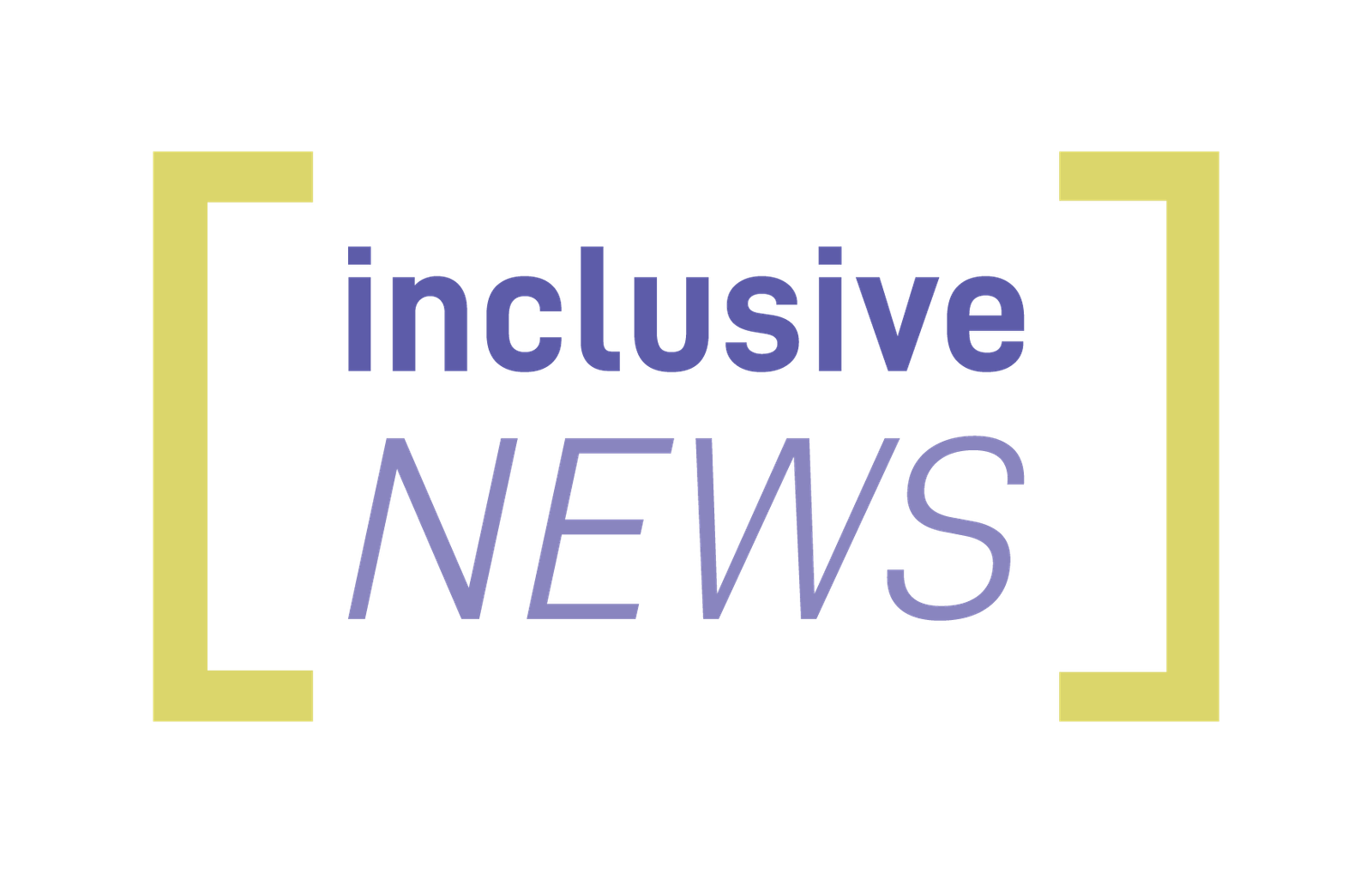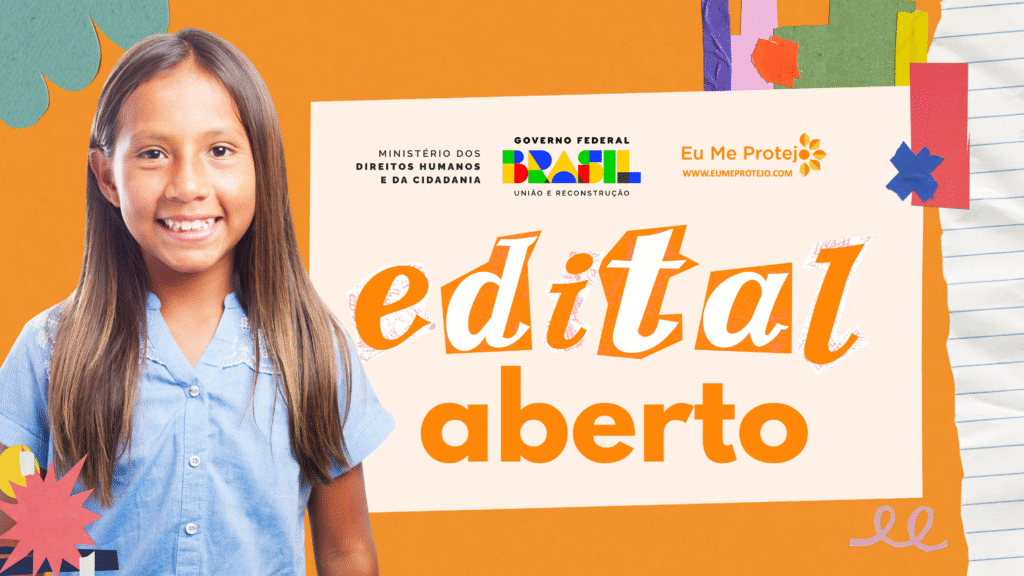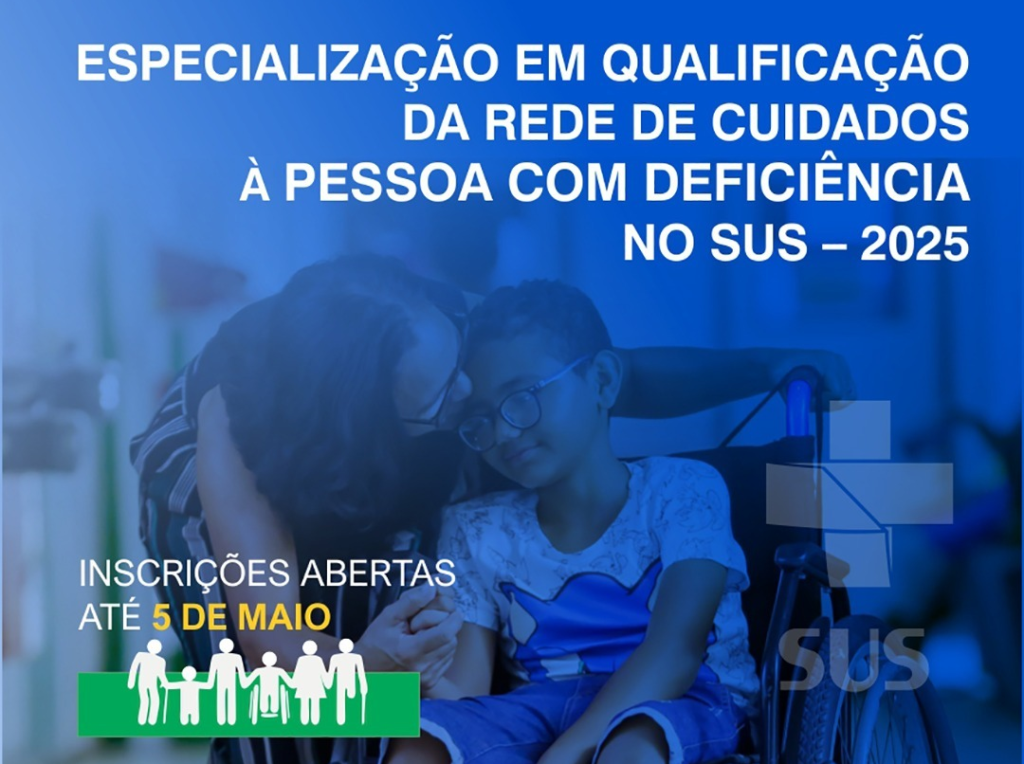|
Dear colleagues, Thank you all for your very insightful inputs and active subscription to the discussion so far. We are in the second week of the discussion and over 200 members subscribed to the online space on Inclusion and Disabilities, including 84 colleagues from UNDP and 146 colleagues from UN agencies and NGOs. Participants discussed topics such as risks and barriers restricting the choices of persons with disabilities (PWDs), rights of PWDs and obligations of duty bearers. We proposed a four-track approach for inclusion of PWDs, and looked into the problems of visibility or invisibility of PWDs. We also explored the building blocks for a society for all – training, education, awareness. Discussants made practical proposals on how to handle financial resources for implementing programmes, and how to address the needs of PWDs at the workspace, with particular reference to UNDP. On each of the topics, there are important and sometimes controversial questions for which no easy answers exist. What might be right for some might not apply for others, but there is an exciting opportunity for countries and communities to learn from each other. The answers to these questions can only be found collectively, from experiences of people and organizations who are already answering them. Therefore, we invite you to take part in the discussion to share your knowledge and your countries experience, especially on the following:
By summarizing the discussion of the first week, we hope to make it easier for you to know what was said so far and contribute to the discussion. Here is the summary: Risks and barriers: People with disabilities face high risks to get marginalized and are excluded from the mainstream society. In all societies that risk also materializes: people with disabilities end up to be more often poor, unemployed, with less education, with less security, less opportunity, less choices and possibilities to influence their own lives and society at large. Development means widening of choices. Barriers in physical, social, legal, economic, attitudinal and information environment dramatically restrict choices of people with disabilities in all societies. Additionally, direct discrimination is common. While access to rehabilitation services is necessary for people with disabilities, the environment must also change. Integration can take place at the conditions of the larger society but inclusion implies precisely that the society must change, adjust and accommodate the differences. Much good practice examples exist that is applicable in low, middle and high income countries. The biggest barrier is, however, invisible – it is the attitude. The ignorant, prejudiced or directly negative attitude also makes people with disabilities invisible: non-disabled people act as if people with disabilities do not exist. Rights and obligations: The core message of international legal instruments is the equality of rights of all people. They have the right to demand that society is designed for all. The State, as the ultimate guardian of human rights, has the responsibility to ensure that everyone’s rights can materialize, than no one is discriminated against or left out. The civil society can complement but cannot shoulder the responsibilities of the State. The Convention on the Rights for People with Disabilities obliges all States to guard and promote the basic rights, fundamental freedoms and equal opportunity of people with disabilities. This does not imply that only the States are responsible. Each sector is responsible to accommodate people with disabilities in their activities, as well. The Convention is a great tool for awareness rising. It is also a powerful and obliging legal instrument to change societies. Approach: The vision of the Convention is full inclusion of people with disabilities, their rights, their responsibilities, their potential and contribution in mainstream society and mainstream development. This calls for a four-track approach:
In practice, most programmes have focused on empowerment (supporting persons with disabilities to organize, to have a voice and to empower themselves) and targeted initiatives to address the needs of PWDs. However, we should not stop there. Because targeted interventions can only help a fraction of the 650 million people with disabilities, the ultimate vision is to include the disability dimension in all plans and activities as a normal element. Visibility: In a development context it is important to note that there are people with disabilities (PWDs) in every target group. They (and their family members) are many enough to be taken into account even if the number does not appear in the baseline data. The level of inclusion of persons with disabilities in development programmes can be a good indicator to see the effectiveness of poverty reduction. A disabled people’s movement veteran Mr. Kalle Könkkölä has said: When we ask for accessibility of trains we are told that you are too few. Even where programmes are being implemented, it is important not to overlook the ‘invisible’ groups of persons with disabilities (with learning or other cognitive impairments), by focusing only on the “visible” (physical disabilities) groups. Training and advocacy: · PWDs: For PWDs to be more visible, it is important to improve their education, not only at the primary and secondary level, but also at the higher education level. For example, innovative reforms in education can be implemented. Also, acquiring life skills is important for PWDs to fully participate in the society’s life and to improve their employability. · Development agents: Advocacy and capacity building needs to target UNDP and UN agencies’ own staff, as well as counterparts. Experiential training was proposed as a powerful way to ‘go through’ the daily lives of PWDs. · Society: An inclusive society does not mean that we have to make everybody fit to join the mainstream. Inclusive society means a society that cares for the different rights and needs of its members. Therefore, awareness building in the mainstream society to promote an inclusion-friendly environment is important. Financial resources: As with any development action, actions targeting or mainstreaming disability require resources. Suggestions included creating a small grants fund, earmarking allocation for targeting or mainstreaming disability, like a Thematic Trust Fund. Some important considerations were raised: channeling too much aid through civil society risks weakening and diluting the responsibilities of the government and weakening the civil society organizations themselves, stretching their capacities. In addition, it is important to ensure that development resources benefit not only a few groups of PWDs and do not widen the gap between those PWDs who benefit from development initiatives and those who are left behind. PWDs in the workplace: Similarly to the need for a society to be inclusive, employers also need to be inclusive. The discussed focused on UNDP as an employer. However, lessons can be learned from and applied by other organizations, such as UN organizations, the World Bank, development organizations and the private sector. There, three issues were put on the table: · Just and favourable conditions of service: equal opportunities and equal remuneration for work of equal value, safe and healthy working conditions, including protection from harassment and the redress of grievances; · Non-discrimination with regard to employment: recruitment, selection and appointment, career development, training opportunities; promotion or transfers; retention and return to work. · Reasonable accommodation measures to eliminate workplace barriers: buildings, office environment, equipment, access to information, job content, etc. In addition to improving accessibility of buildings, measures need to focus on web accessibility to ensure that websites are easily usable for users with visual or motor disabilities. Other questions raised called for re-considering policies and practices to include not only about staff with disabilities, but also about staff who have children and spouses with disabilities. Proposed policy and practice changes included those related to attitudes and understanding by colleagues and managers; training in skills development for spouses and children; improving access to specialized treatment or essential medicines not available locally (in developing countries). To learn and share, visit our online space on Inclusion and Disability and read the blogs:
To subscribe, write to mpn.suppport.8@undp.org and you will be subscribed within 24 hours. UNDP staff, go directly to Inclusion and Disability. For other questions, write to Uyanga.gankhuyag@undp.org. To request the Facilitation Team to post your contribution to the blog, send your message to pr-disability@groups.undp.org and it will be posted within 24 hours.
|
Best regards and looking forward to meet you online,
|
Ronald Wiman Advisor, Department for Development Policy Ministry of Foreign Affairs Finland E-mail: ronald.wiman@formin.fi
|
Uyanga Gankhuyag Poverty Reduction Network Facilitator Poverty Group, Bureau for Development Policy UNDP New York E-mail: uyanga.gankhuyag@undp.org Skype: uyanga.prnet Tel: +1-212-906-3610
|



